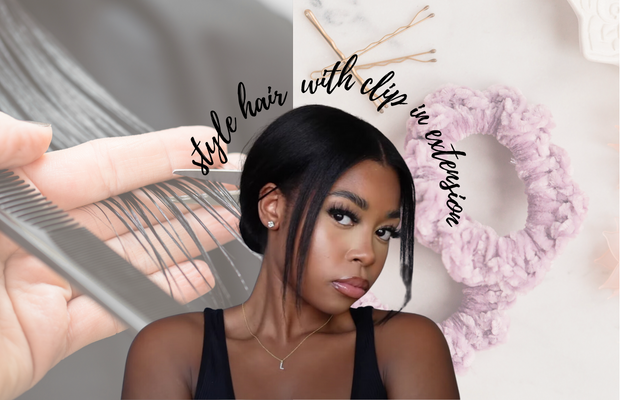3 Lace Frontal Sizes You Must Try
Understanding Hair Densities: A Guide to Choosing the Right Wig
Hair density refers to how thick or full the hair on a wig appears. It’s typically measured in percentages, ranging from 60% to 200%, with 150% density being the most commonly purchased option. Below is a detailed guide to help you choose the right density based on your needs and preferences:
| Percentage | Density Type | Description |
|---|---|---|
| 60% Density | Extra Light | Ideal for those who want a wig that mimics naturally thin hair. It’s the lightest option available and may reveal a bit of the scalp—just like fine natural hair. Due to its low hair count, shedding over time is expected. |
| 80% Density | Light | Great for individuals with fine or thinning hair who want a subtle volume boost. This wig is still lightweight but offers slightly more coverage than 60%. |
| 100% Density | Light to Medium | A balance between light and medium thickness. It offers natural coverage without feeling heavy. The hairline is lighter and gradually thickens toward the back, creating a realistic look. |
| 130% Density | Medium/Natural | The industry standard, mimicking the average human head's natural density. It’s perfect for everyday wear, offering comfortable volume and a slightly fuller look than the 100% option. |
| 150% Density | Full | The most popular choice, offering noticeable volume without being too heavy. It provides a lively, bouncy appearance and works well for a variety of styles. Ideal for those wanting full but natural-looking hair. |
| 180% Density | Heavy | A more voluminous and dramatic look compared to 150%. It’s fuller and more visible, often chosen by performers or anyone who wants a standout appearance. Suitable for both short and long styles. |
| 200% Density | Extra Heavy/Glam | This is the thickest and most dramatic option. It’s not typically recommended for daily wear due to its weight and bulk. Often worn by stage performers who require high-impact styles. Best suited for shorter wig lengths to avoid discomfort. |




Comments
Post a Comment